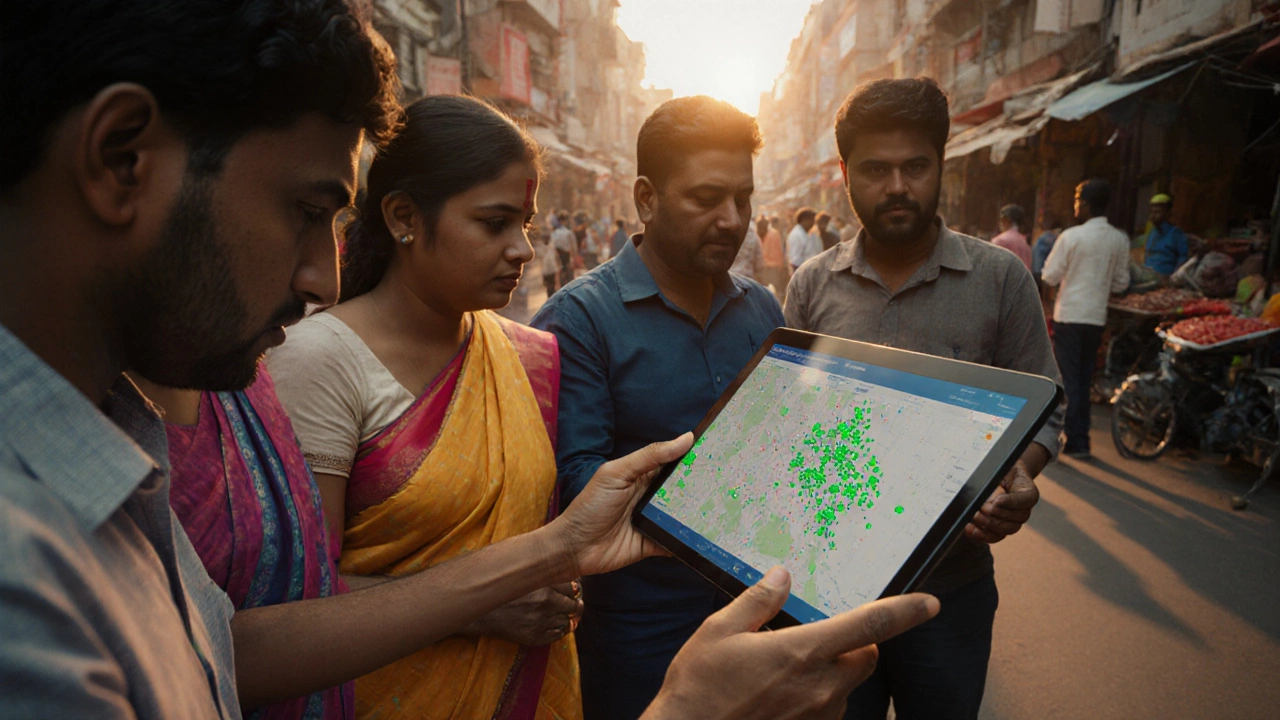Public Health: What It Is, How It Works, and Why It Matters
When we talk about public health, the science and practice of protecting and improving the health of entire populations. Also known as population health, it’s not about treating one sick person—it’s about keeping millions well by changing environments, policies, and behaviors. Think of it like a shield, not a bandage. It doesn’t wait for someone to get sick. It builds walls against disease before the first case appears.
That shield has three main supports: assessment, collecting data on health risks in a community, policy development, creating rules that make healthy choices easier, and assurance, making sure those rules are followed and services reach everyone. These aren’t abstract ideas. They’re why polio is gone from India, why smoke-free laws cut heart attacks, and why clean water programs lowered child deaths by half in some areas. Public health doesn’t need fancy labs—it needs smart, simple actions that scale.
Behind every success is a public health intervention—a targeted effort to change behavior or environment. It could be a vaccination drive, a school nutrition program, or a campaign teaching handwashing. These aren’t one-off events. They’re repeated, measured, and adjusted based on real results. And they work best when communities help design them. Health promotion, disease prevention, health protection, and health surveillance are the four tools that make these interventions stick. They’re not separate—they work together like gears in a machine.
What you’ll find here aren’t theory papers. These are real stories: how a single law changed smoking habits across a state, how a simple education program cut diabetes risk in villages, how data tracking stopped an outbreak before it spread. You’ll see how the same principles that saved lives in Canada or the U.S. are being adapted right here in India. No jargon. No fluff. Just clear, practical examples of what works—and what doesn’t—when you’re trying to keep a whole country healthy.
The three P's of public health-Prevention, Promotion, and Protection-are the foundation of community wellness. Learn how vaccines, healthy environments, and safety laws work together to keep populations healthy.
Real-world examples of public health programs that saved lives - from polio vaccines and smoke-free laws to clean water and maternal care. See how simple, scalable efforts prevent disease and protect entire communities.
An intervention program in public health is a planned effort to prevent disease and improve health outcomes. Examples include polio vaccination drives, diabetes prevention through lifestyle changes, and smoke-free laws. These programs work by targeting behaviors, not just symptoms.
Public health saves lives by preventing disease before it starts. Its three core functions-assessment, policy development, and assurance-work together to protect communities from outbreaks, unhealthy environments, and unequal access to care.
Discover why the brain uses the most energy, how other organs rank, and practical tips to support organ metabolism for better health.
Learn the four core public health approaches-health promotion, disease prevention, health protection, and health surveillance-and how they work together to keep communities healthy.
Explore how public health models guide disease prevention, shape healthcare systems, and influence community well-being. Learn about key approaches, real-life examples, and helpful strategies.
Want to launch a public health intervention that actually works? This guide walks you through every step, packed with smart tips and proven strategies.
Discover how Safer Healthcare Now has driven real change in Canadian health care, tackling preventable harm with practical tools, teamwork, and a focus on better patient outcomes.
Healthcare quality initiatives aim to enhance patient care, safety, and satisfaction by implementing structured programs. They involve continuous efforts to improve health service delivery, reduce errors, and promote efficient medical practices. These initiatives often use data-driven strategies to identify areas requiring improvement and measure success over time. Understanding their importance can lead to better healthcare outcomes and ensure patients receive optimal care.
Public health interventions are critical in improving the health of communities and populations. They encompass a range of strategies designed to prevent disease, promote health, and prolong life among the population as a whole. This article delves into 17 key public health interventions, highlighting their significance and impact on community health. From vaccination programs to health education, these interventions play a vital role in building healthier societies.
Public health interventions play a critical role in enhancing the well-being of communities by targeting the prevention and management of diseases. This article explores an example of a public health intervention, offering insights into its components, implementation challenges, and measurable impacts. It highlights the importance of community involvement and cross-sectoral collaboration in achieving successful outcomes. Tips are provided for developing effective health strategies that address diverse population needs.















